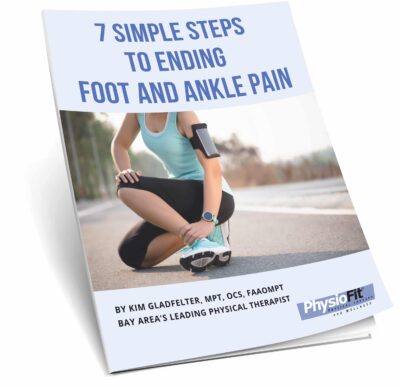 What Are Night Splints?
What Are Night Splints?
Night splints are removable foot and ankle braces designed to treat plantar fasciitis by passively stretching the
Achilles tendon and plantar fascia, are a dense band of fibrous tissue that runs under the foot and supports the arch. The Achilles tendon attaches the calf muscle to the heel bone and puts tension on the plantar fascia. Over time, if this tension is too great, tiny tears develop in the plantar fascia, causing heel pain and tenderness. This condition is called plantar fasciitis.
Are Night Splints Something I Should Consider?
Pain from plantar fasciitis usually is worse first thing in the morning because most people sleep with their plantar fascia in a flexed, or shortened, position. Night splints are designed to hold the ankle in a neutral position, with the Achilles tendon and plantar fascia lengthened. One type of splint is made of a hard plastic shell and a soft inner layer that allows the angle of flexion to be adjusted. Another type fits over the front of the ankle and pulls the toes upward to stretch the Achilles tendon and loosen the plantar fascia.
Night splints are most beneficial for people who have had heel pain for more than
12 months. They work best when combined with exercises that stretch the Achilles tendon and strengthen the foot muscles. We can show you some of these exercises to do at home. Even when the pain disappears, these exercises should be performed several times a week to prevent its return.
Will there be any lifestyle changes?
We may suggest other lifestyle changes, along with using night splints and exercise. These include
- reducing the amount of time spent running, jogging, or standing;
- replacing shoes that have lost their cushioning or support;
- using arch supports or orthotics;
- maintaining a healthy weight.
The longer you experience heel pain, the longer it will take to treat it. Through a combination of lifestyle changes, exercise, and night splints, however, most people can become pain-free.

 ABOUT THE AUTHOR
ABOUT THE AUTHOR
Kim Gladfelter, MPT, OCS, FAAOMPT
Women's Health Physical Therapy Specialist at PhysioFit Physical Therapy & Wellness
Kim Gladfelter is a physical therapist, Pilates instructor, educator, author, and co-founder of PhysioFit Physical Therapy & Wellness. She is known as a keen, well-rounded expert of healing through movement and women’s health specialist in the Silicon Valley area.
Kim has helped men and women of all ages to stay active and feel their best. She also writes about managing pain in her health columns, blogs and the local Los Altos Town Crier newspaper as well as reaches out to the local community, support groups, schools, libraries, and sports centers to advise and educate on body awareness and therapeutic exercise.

 Los Altos, CA
Los Altos, CA

 What Are Night Splints?
What Are Night Splints?